Just one click, and your favorite show is on!
Video streaming has completely transformed how we consume content, replacing traditional television with on-demand, anytime-anywhere access. Whether it’s binge-watching an entire season in one night, catching a live sports event, or exploring niche documentaries, streaming apps have become an essential part of our daily lives.
With platforms like Netflix, YouTube, and Disney+ leading the market, the demand for feature-rich, seamless, and scalable video streaming applications is growing. In fact, the global video streaming market is projected to hit $190 billion by 2027, making it one of the most lucrative industries for businesses and developers alike.
But here’s the real challenge: Building a successful streaming app isn’t just about streaming content; but it’s about creating an engaging, high-performance experience that enhances user retention. Below are some of the key challenges businesses face when developing a video streaming app:
- Content Delivery
- Scalability
- User Experience (UX)
- Monetization Models
- Security
- Regulatory Compliance
Having a mobile app development company can help overcome these challenges while helping you understand the video streaming app experience effectively.
In this blog, we’ll break down the key factors, costs, and development strategies to help you bring your app idea to real life.
Let’s get started to navigate the growing landscape of video streaming app development!
What is a Streaming Video App, and How Does It Work?
Video Streaming App is a virtual platform that provides users with multiple options to watch videos, movies, or shows online from anywhere across the globe. To access these videos, all you need is a good internet connection.
These platforms allow you to enhance innovative features such as personalized downloads, multi-device compatibility, offline downloads, and access to the diverse culture.
However, when it comes to delivering a smooth user experience, most applications are heavily dependent on adaptive streaming technology. With increasing digitalization, mobile apps have become a conventional part of our daily lives, be it in business communication, education, entertainment, or more.
Struggling to find information related to education, career, food, or anything else? YouTube is considered the best solution for this concern. But how does an app like Netflix or YouTube work? Read further to know how it works:
- Content Storage and Delivery: For fast and secure access, videos are uploaded and stored on cloud servers or CDNs.
- Streaming & Encoding: On these platforms, videos are streamed and compressed in real-time, adjusting quality on internet speed.
- User Request & Playback: On user request app fetches the details instantly and plays a video for the user.
- Caching & Buffering: To ensure a smooth viewing experience, small parts of the video load in advance.
- Monetization & Security: Apps use ads, subscriptions, or pay-per-view models while securing content with DRM.
Understanding the Video Streaming Market Landscape
Over the past decade, the video streaming market has experienced significant growth, driven by the increasing demand for mobile app devices and high internet speed.
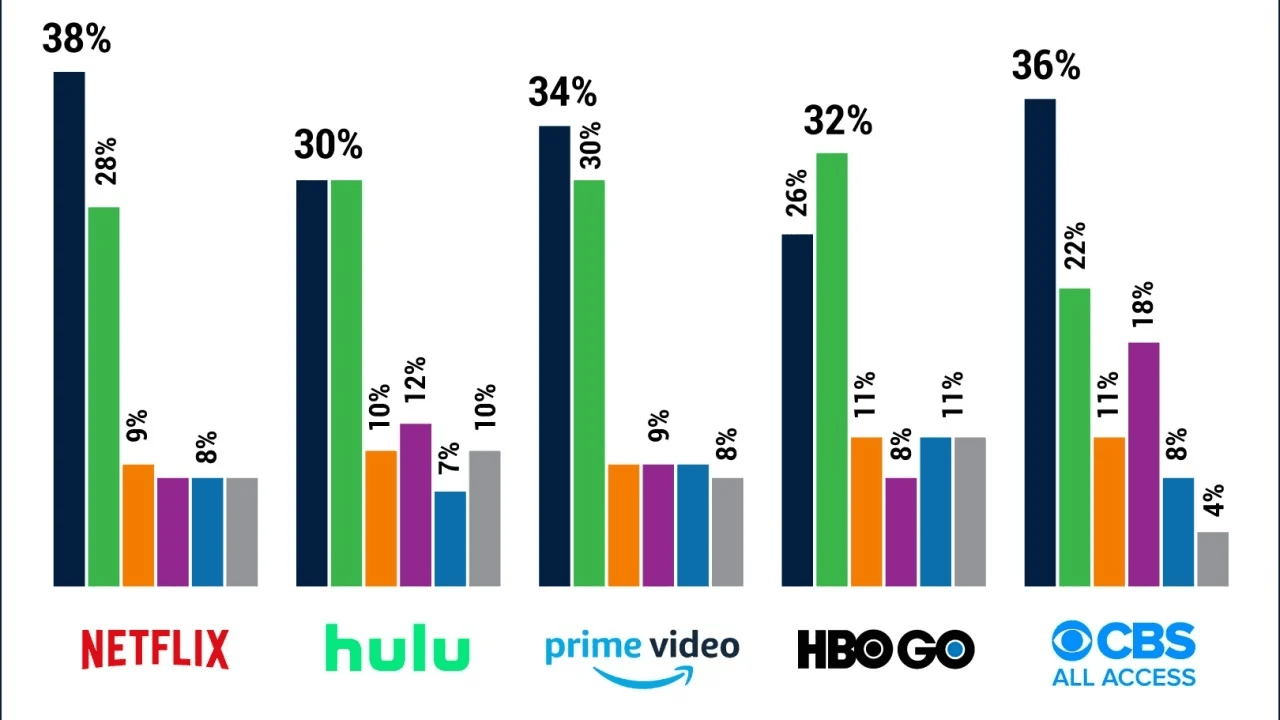
- According to research, consumers now demand on-demand access to a wide range of content, from movies and TV shows to live broadcasts and user-generated videos.
- In this industry, platforms like Hulu, Netflix, and Amazon Prime have set high standards by offering personalized viewing experiences, vast libraries of content, and original productions.
- The estimated revenue of the Video Streaming market is projected to reach US$119.09 billion in 2025.
- Moreover, the report by Statista presents that from 2025-2029, revenue is expected to grow at CAGR of 6.90%.
- Most of the video streaming app revenue is generated from the United States, and revenue generation will reach US$47.89 billion in 2025.
- Compliance with data protection regulations like the GDPR in Europe or the CCPA in California is vital to avoid legal pitfalls.
Different Types of Video Streaming Apps
You must have come across different streaming apps such as YouTube, Facebook, or more. But I wonder how they are different from each other. In this section, you will get to learn about different types of video streaming apps:
On-Demand Video Streaming
This type of video streaming app allows users to watch recorded programs at any time. Some of the popular examples of these apps are Amazon Prime and Netflix. These apps have data of multiple movies, documentaries, TV shows, or podcasts, making it possible for individuals to get access to different types of streaming.
Live Streaming Apps
Such apps are very popular among the modern generation for real-time video streaming. These apps allow users to watch live concerts, tournaments, or other events. Some of the common examples of such apps are Facebook, Twitch, and Instagram Live.
Video Sharing Platforms
YouTube, Instagram, and TikTok are some highly used platforms on which users can generate both short and long videos. Through these applications, content creation has become more popular among users.
Industry-Specific Apps
Some applications represent industry-specific content related to organization training, health and physical fitness, personal development, and coursework. These apps are highly used by students or professionals who want to gain deep insights into a particular field.
Recommended Read: Why Music Apps Are the Next Big Thing in Mobile App Development
Key Features of a Successful Video Streaming App
If you are looking to build a video streaming app like Netflix, it is important to integrate some innovative features to stand out from the market. So, if you are planning to build a successful video streaming app, ensure to integrate the distinct features for admin and user panels based on their preferences:
User Panel Features:
- Profile Management: An app must allow users to edit, manage, and create their profiles.
- Watchlist or Favourites: This is one of the most important features that allow users to bookmark the content for easy access later.
- Content Discovery: A Search option must be provided that allows users to search their preferred content based on categories, genres, or recommendations.
- Personalized Recommendations: Based on the search history, an app must provide personalized movie or show recommendations.
- Notification: Allow users to set up real-time notifications related to content releases, updates, or recommendations.
- Account Settings: Users must have access to manage their account settings, such as password changes, email notifications, and privacy preferences.
- Payment Options: Several secured payment options must be provided for rentals, subscription plans, or in-app purchases.
- Live Chat: Live chat support allows users to clarify their doubts at any time, fostering community engagement and direct conversations.
- Social sharing: An App must have a feature that allows users to share their favourite shows with their friends.
- Multi-Stream Viewing: An app must provide flexibility so users can explore diverse content available. It is possible by allowing users to seamlessly watch multiple videos simultaneously.
Admin Panel Features:
- Content Moderation: Upload moderate content on the app based on community guidelines, inappropriate content, or copyright infringement.
- Analytics and Insights: An app must have automated features that allow the admin to generate reports and analytics related to content preferences, audience demographics, user engagement, and revenue trends.
- User Management: Manage user accounts, including authentication, access control, and registration.
- Payment Management: An app must efficiently manage payment, transactions, and revenue sharing between platform and service providers.
- Security and Compliance: Platform security and data protection must be ensured, and compliance with legal regulations such as COPPA and GDPR.
- Platform Settings: Configure platform settings, such as content categories, regional availability, and pricing plans.
- Platform Updates: The Admin panel must manage platform updates such as feature enhancements, security updates, and bug fixes.
Cost Breakdown: What to Expect in Video Streaming App Development
So, how much does it cost to provide video streaming app development services?
While planning to build a streaming software, understanding the app development cost will help you make an informed decision.
In 2025, the estimated cost to build a video streaming software world will be around $30,000 to $300,000, depending on the factors shown below:
Simple Apps
If you are new to this industry and just want to integrate basic features such as video playback, search functionality, and user profiles, the cost to build such apps will be around $30,000 to $55,000.
This type of app development is highly preferred by startups.
Medium Complex Apps
If you want to integrate some mid-level features such as advanced search filters, basic analytics, and live streaming can cost you around $55,000 to $85,000.
This is used by businesses that have a large customer base and have more competitive goals.
High-End Apps
An app with AI-advanced features such as multi-language support, high-definition streaming, and offline downloads can cost you around $85,000 to $300,000.
These types of apps are highly preferred by large enterprises.
Except for these factors, the accurate cost of development is also affected by whether you choose freelancers. Local team or offshore custom software development company?
For instance, the cost of hiring a dedicated development team is higher than freelancers, but they deliver quality software development. Here are more factors that influence the cost of development.
Recommended Read: How to Reduce App Development Costs Without Compromising Quality
Factors Influencing Video Streaming App Development Costs
The cost of developing a video steaming application is influenced by several factors listed below. Here’s the depth cost breakdown based on different factors:
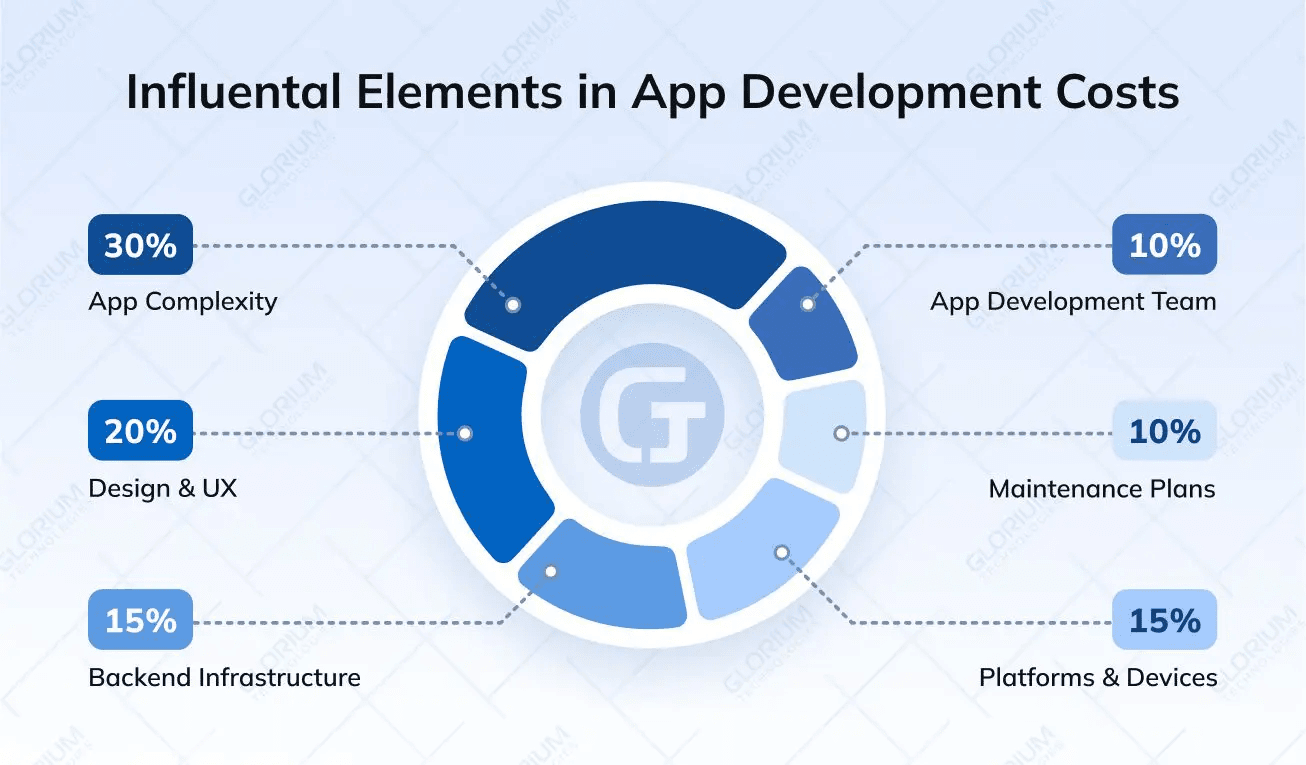
Features and Functionalities
Your app’s functionality is the major factor affecting the cost of video streaming apps.
Basic features such as user registration and video playback are used to create the basic foundation of the app, while advanced features such as AI-driven features and live streaming ensure to drive user engagement and user retention.
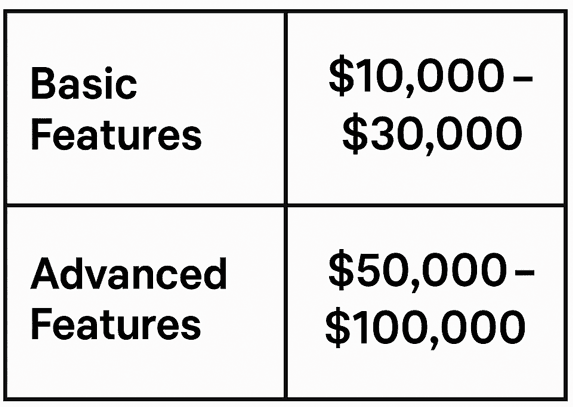
The cost of developing advanced features is comparatively higher due to the usage of advanced technologies such as machine learning or 5G technology, which require both time and resources.
Platform Selection
The selection of the platform between single-platform apps or cross-platform apps impacts the cost of development. Selecting a cross-platform application would seem expensive in the initial stage but saves time in the long run.
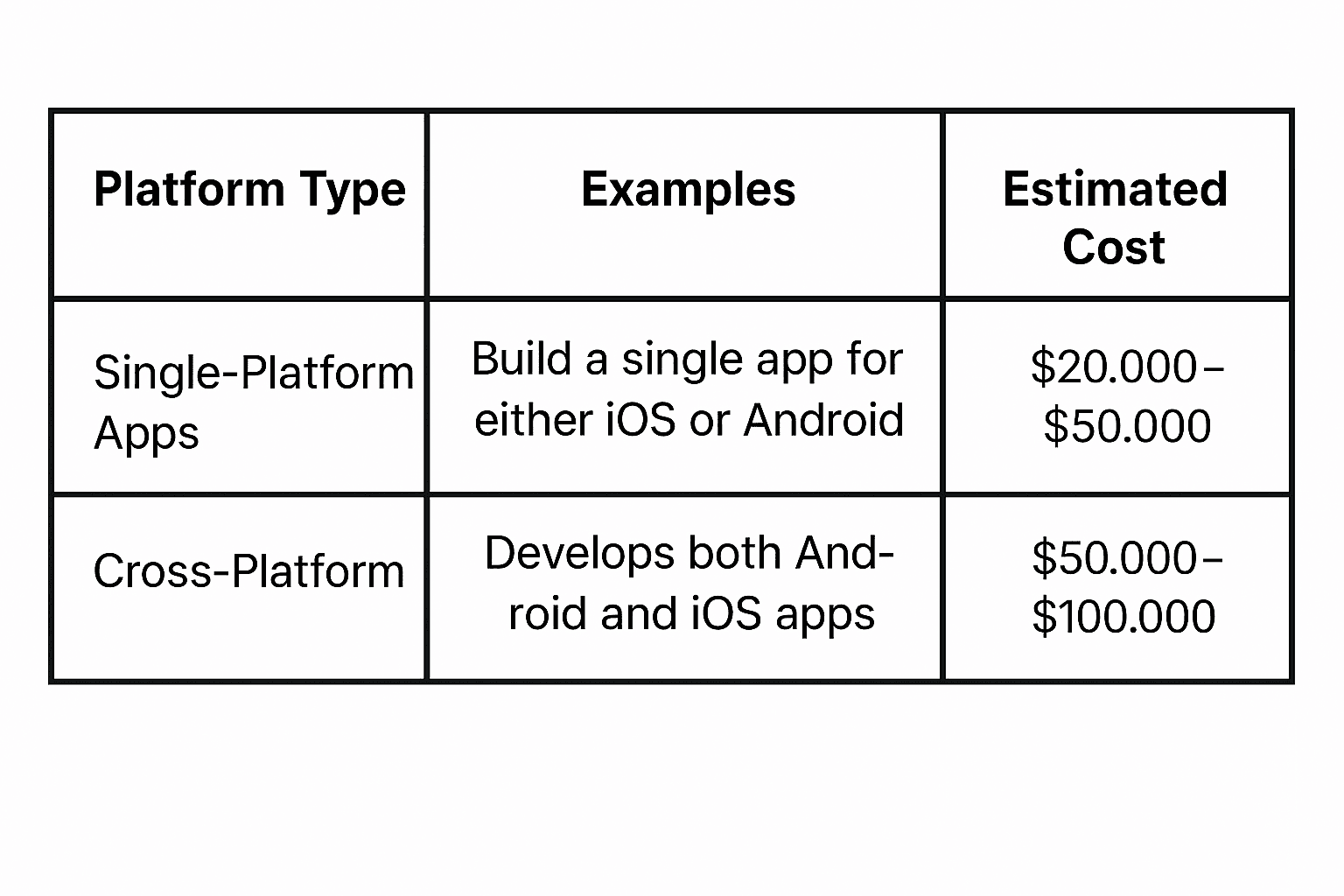
Recommended Read: A Complete Guide to React Native for Cross-platform Apps Development
App Design Complexity
The design of the application plays a vital role in enhancing user experience.
So, an app with basic designs is functional but lacks customization, while an app design with animations enhances usability.
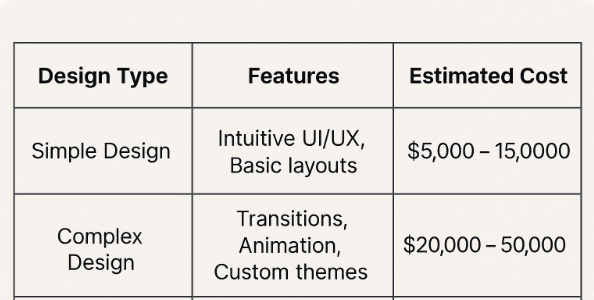
Backend Development
The backend of the application is considered an important factor for video streaming, data storage, and user management. An app needs to be highly scalable to adapt to a growing user base.
Cloud storage is highly preferred by startups due to its scalability and cost-effectiveness.
Development Team Location
The location of the developers also makes a major impact on the app development cost. As. Developers from North America charge higher prices than those in Asia.
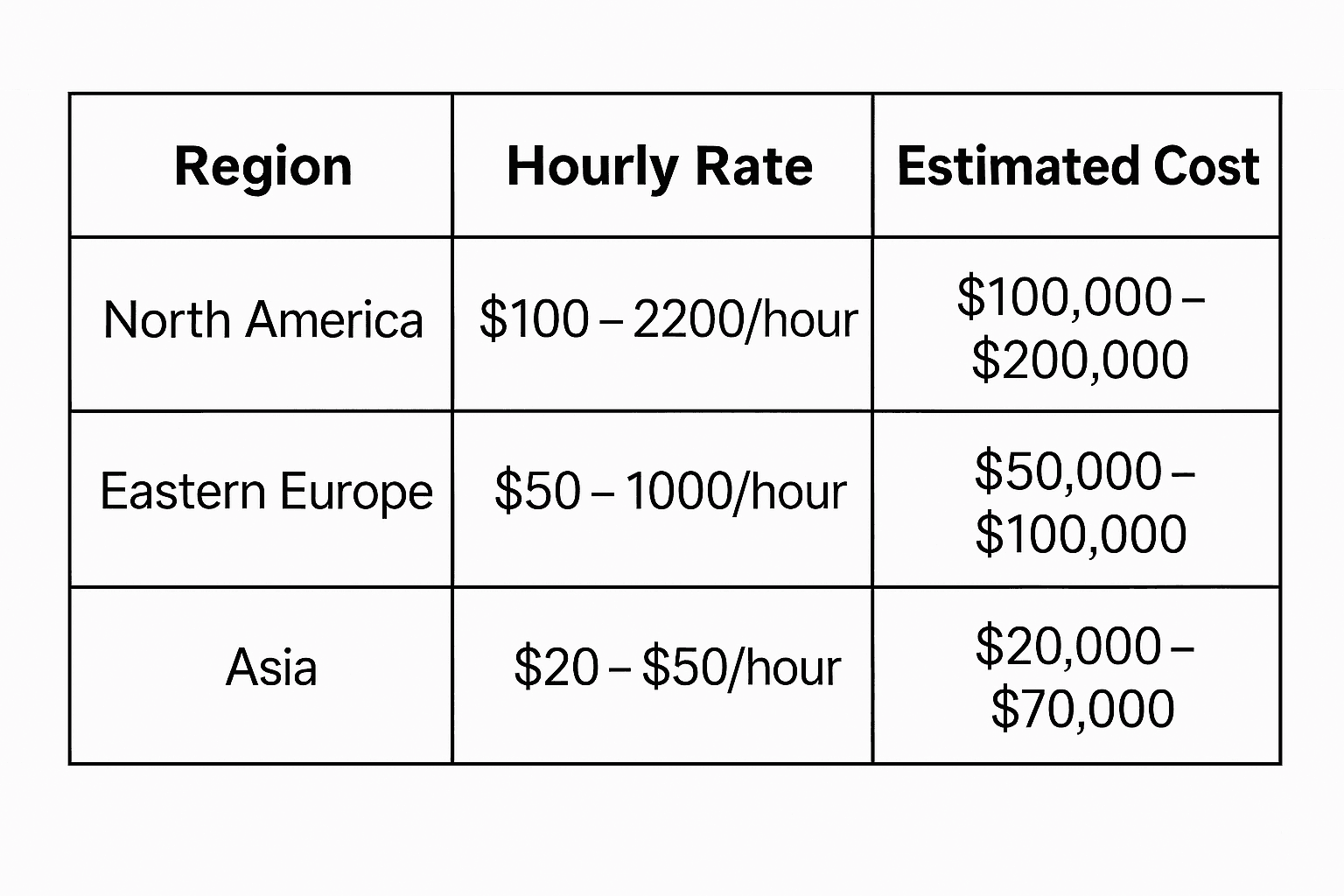
So, while choosing a development firm, ensure that to select an option that provides cost-effective solutions without compromising on quality.
Integrations and APIs
Integration of the third-party payment and analytics software add innovative functionality in the software, but it comes with an additional cost.
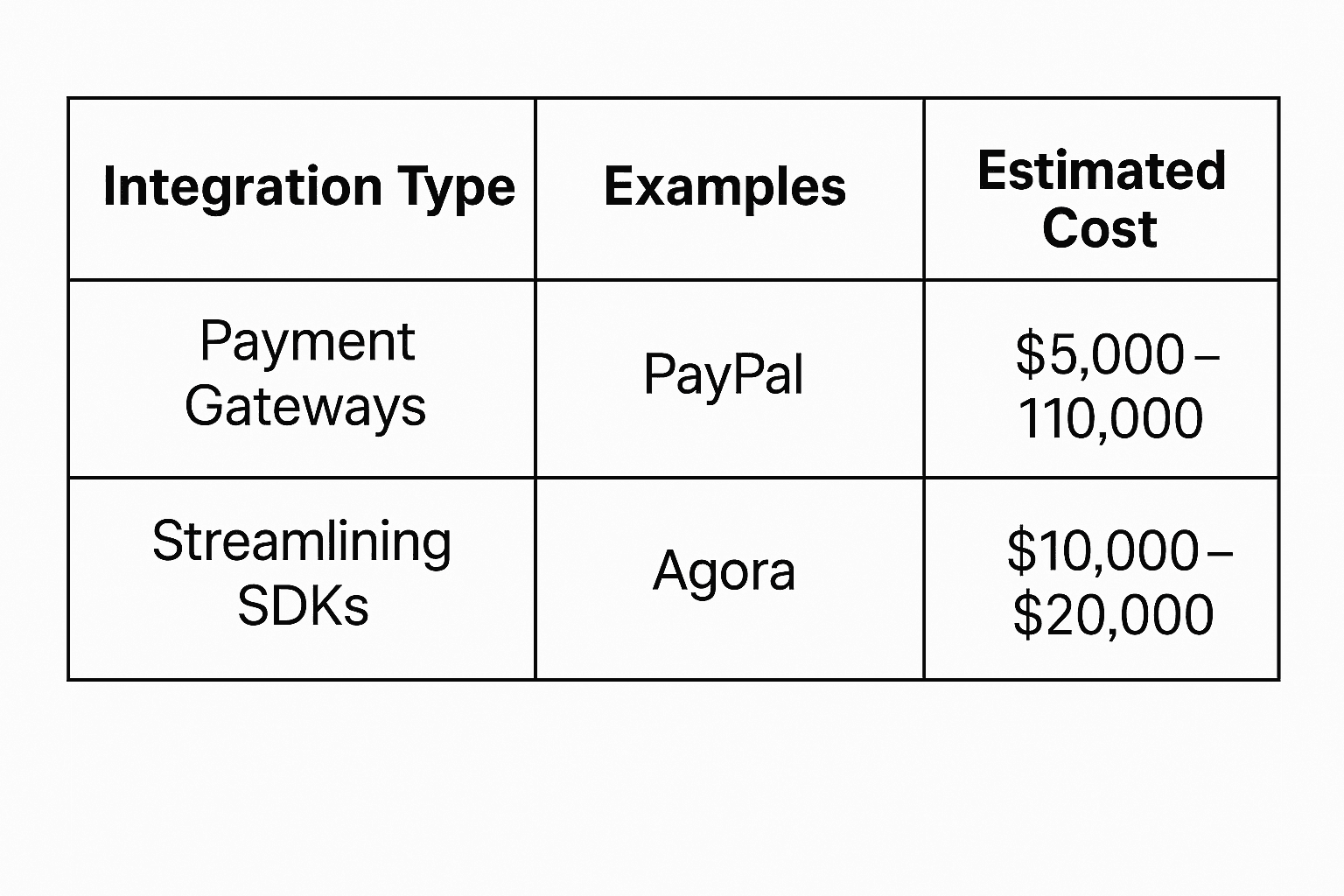
While selection of the third-party software must be done with care to avoid compatibility issues. Moreover, it can save the valuable time of the developers.
Testing and Maintenance
Testing of the software is an essential requirement to ensure an app is bug-free and highly functional. Both of these require ongoing investment.
By considering the above given factors, you will estimate the accurate cost of a video steaming platform and allocate resources effectively.
Recommended Read: How To Select Mobile App Testing Platforms
Monetization Strategies for Video Streaming Apps
Monetizing a video streaming app effectively is crucial for ensuring its long-term sustainability and profitability. There are several monetization strategies that you can adopt, depending on your target audience and business model.
Subscription-based model
This is one of the most popular monetization strategies, where users pay a recurring fee to access premium content. This model is widely used by platforms like Netflix and Hulu, offering different subscription tiers with varying levels of access and features.
Ad-Supported Model
In this monetization model, users can access content for free in exchange for viewing advertisements. This model is popular among platforms like YouTube and allows you to generate revenue through ad placements.
Ad-free premium subscription
This monetization model offers an option that can cater to users who prefer an uninterrupted viewing experience.
In-app Purchases
In-app purchases can include features like exclusive content, virtual gifts, or enhanced functionalities.
Pay-per-View Models
The pay-per-view model allows users to pay for specific content, such as live events or newly released movies, on a one-time basis. This model can be particularly effective for niche content or special events that attract a dedicated audience.
Freemium Model
Video streaming apps are a combination of free and paid content, while this model provides access to the content free of cost, with exclusive content or premium features.
Various popular streaming apps, such as Spotify (for music), use this approach to cater to both free and premium customers.
How to Create a Video Streaming App?
The development of a video streaming application involves several stages. Let’s examine each stage in detail:
Video Streaming App Requirements
Before developing an innovative and effective application, business owners need to clearly define the app requirements.
It is considered one of the most important stages as it helps in the next development stages. For instance, clear requirements can help businesses to hire a development team with that particular technology expertise.
Select Your Development Team
For the development of the video streaming application, we need to hire a highly skilled development team.
The development team should have exceptionally skilled front-end developers for the user interface and back-end developers for server-side functionality, UI/UX designers for user experience, and QA testers for debugging.
Moreover, the selection of the development team depends on several factors. You can select in-house freelancers or an outsourced Android app development company in Houston, USA.
Choosing the Right Technology Stack
There are various technologies available for developing a video streaming application. Be sure to select the one that best resonates with your app requirements.
For instance, if you want to develop a cross-platform application, consider using Flutter or React Native. While you can also encounter the Native vs Hybrid vs Hybrid: Which is the best platform as per your requirements
UI/UX Design of the Application
The next important stage is developing an intuitive and engaging interface for the application with smooth navigation.
To ensure an intuitive interface of the application, make sure to integrate premium features such as user profiles, chat functionalities, live stream options, and more.
Other than this, you must also pay attention to the responsiveness and accessibility of different platforms.
Integrate Selected Features
To meet user preferences, it is important to integrate a few essential features in the live streaming applications. Some of the prime examples of these features are live streaming, user profiles, real-time chat, and more.
Further user experience of the application can also be enhanced with advanced features such as monetization tools, multi-device support, live reactions, and more.
Test & Launch
Finally, to detect and resolve flaws, you must perform extensive testing. To guarantee performance under various circumstances, you can employ both automated and human testing techniques. You can employ a targeted marketing effort to launch your application and attract customers when it has been adequately reviewed.
Final Words
The video streaming industry is popular for its continued growth and innovation, offering immense opportunities for developers and entrepreneurs. By understanding the market landscape, incorporating key features, managing development costs, choosing the right technology stack, and implementing effective monetization and marketing strategies, you can understand the potential of your video streaming app.
Leveraging these best practices and staying ahead of evolving user preferences and technological advancements can help you create a successful and sustainable video streaming app that stands out in the competitive market.
As the demand for on-demand and live video content continues to rise, the future of video streaming promises exciting opportunities for those ready to innovate and deliver exceptional user experiences. Don’t forget to connect with a leading iOS or Android app development company.


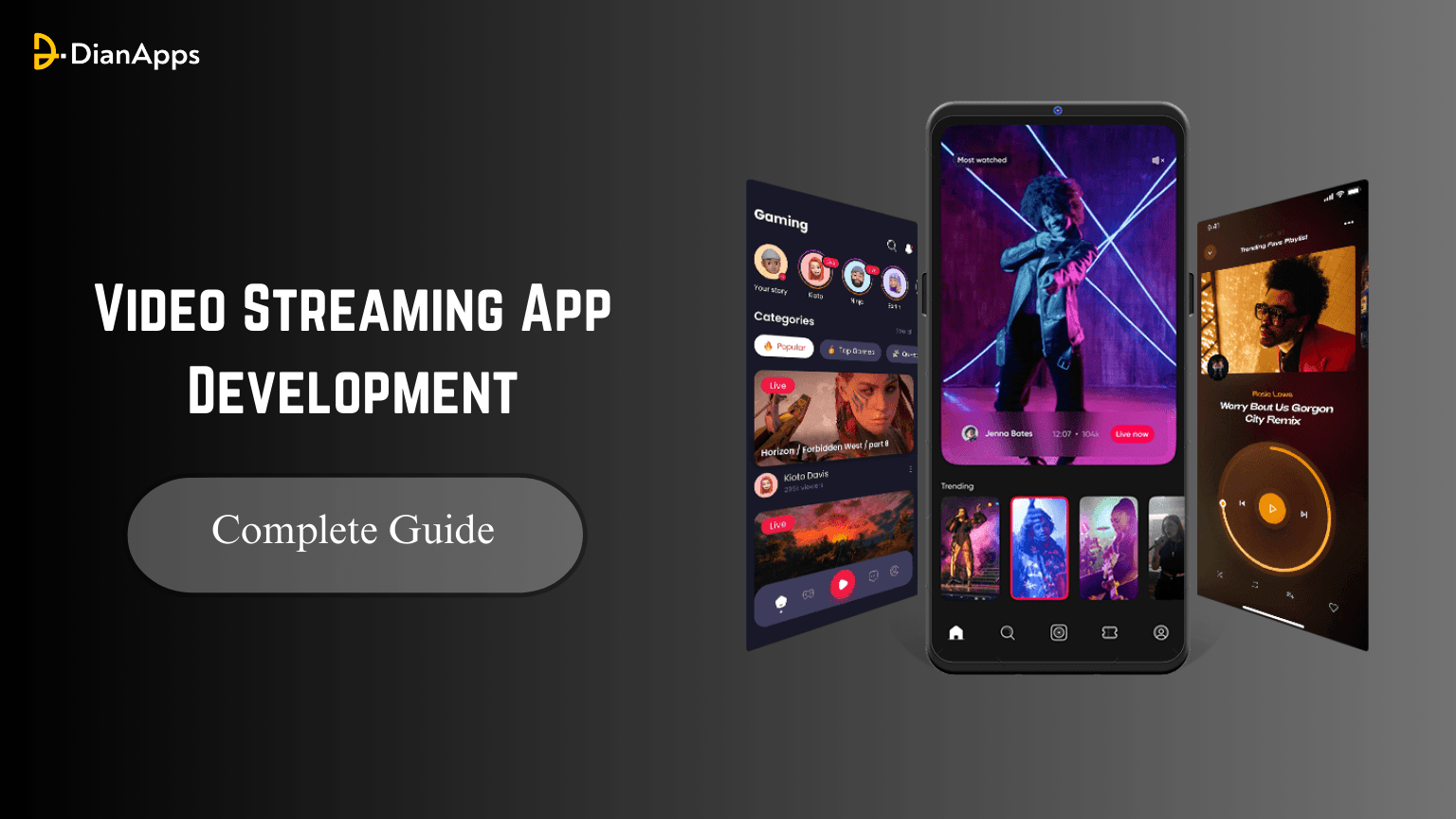
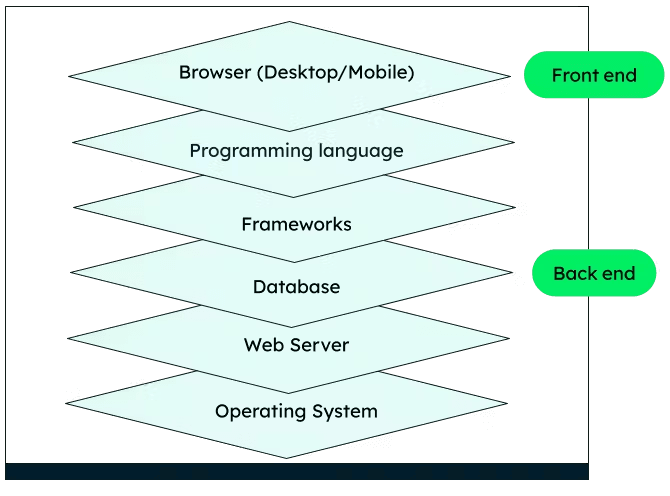







Leave a Comment
Your email address will not be published. Required fields are marked *